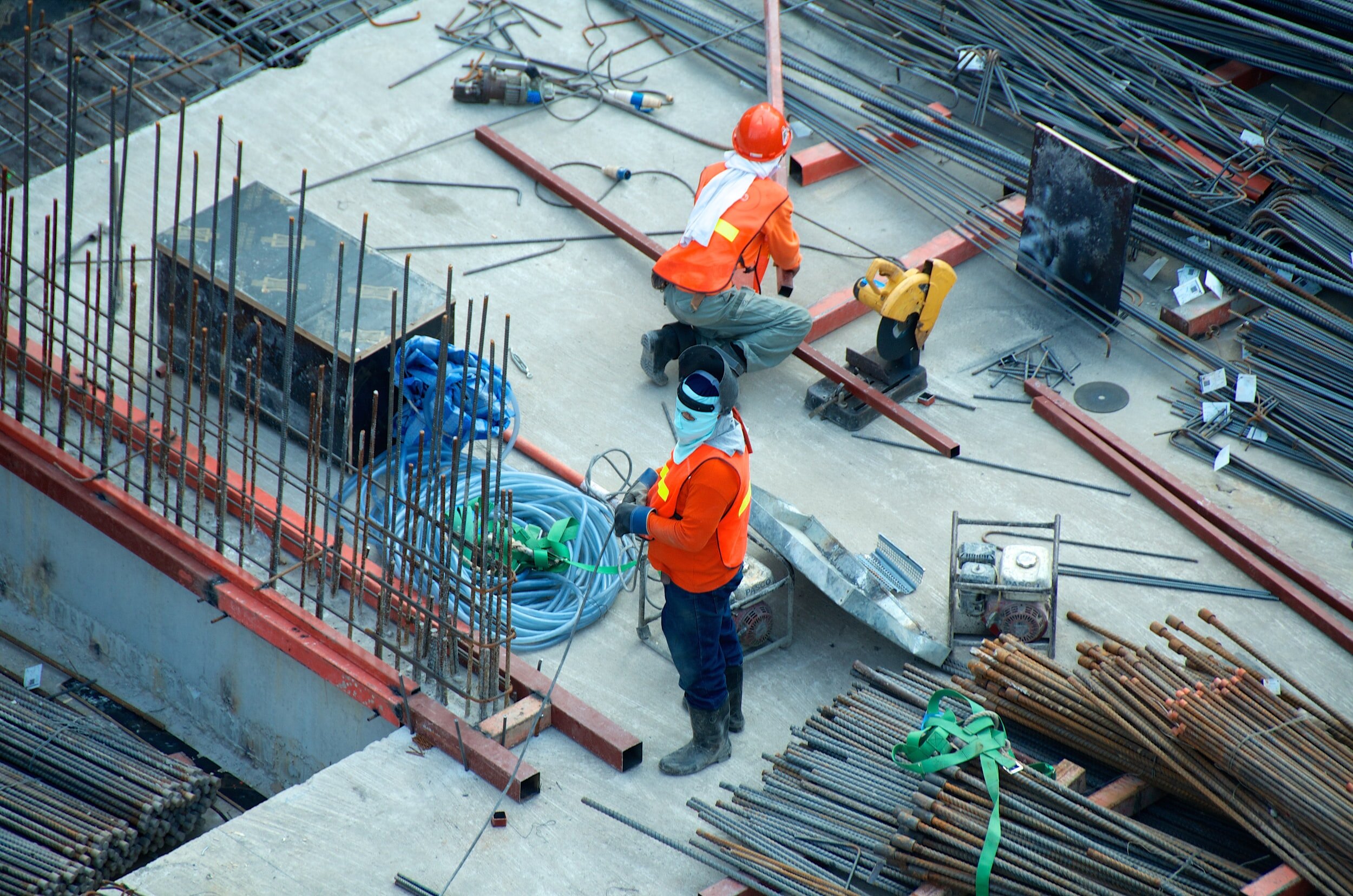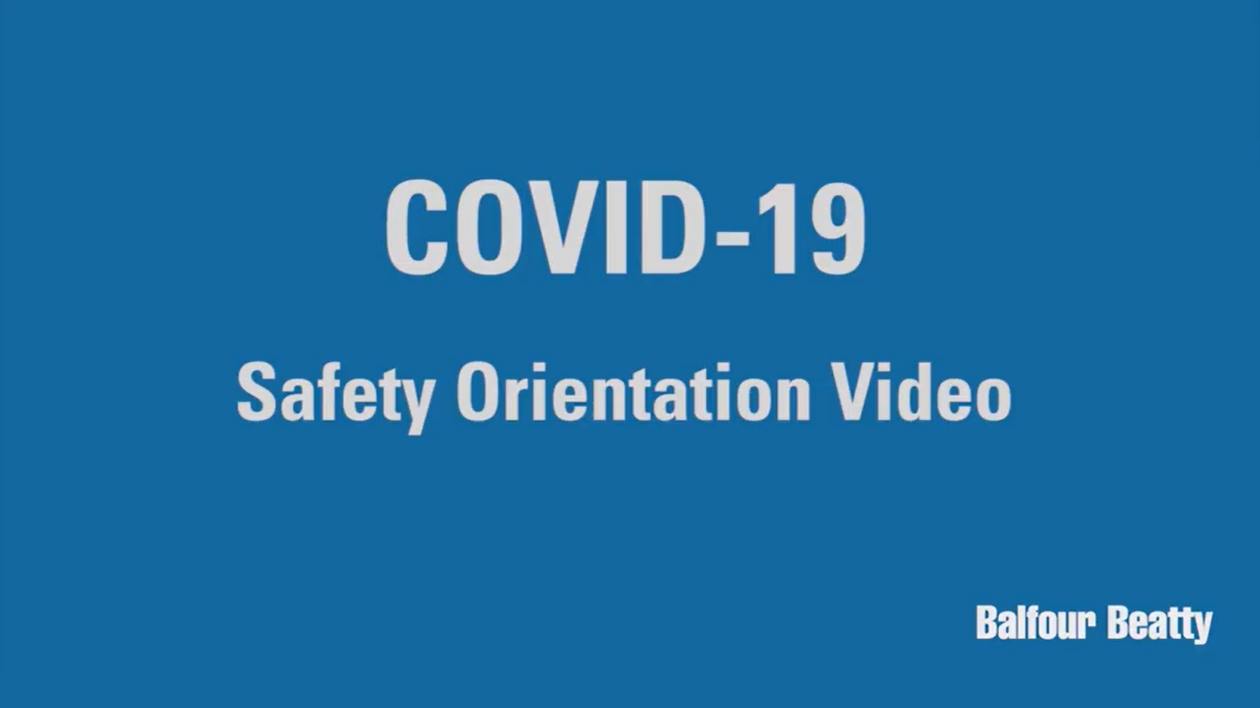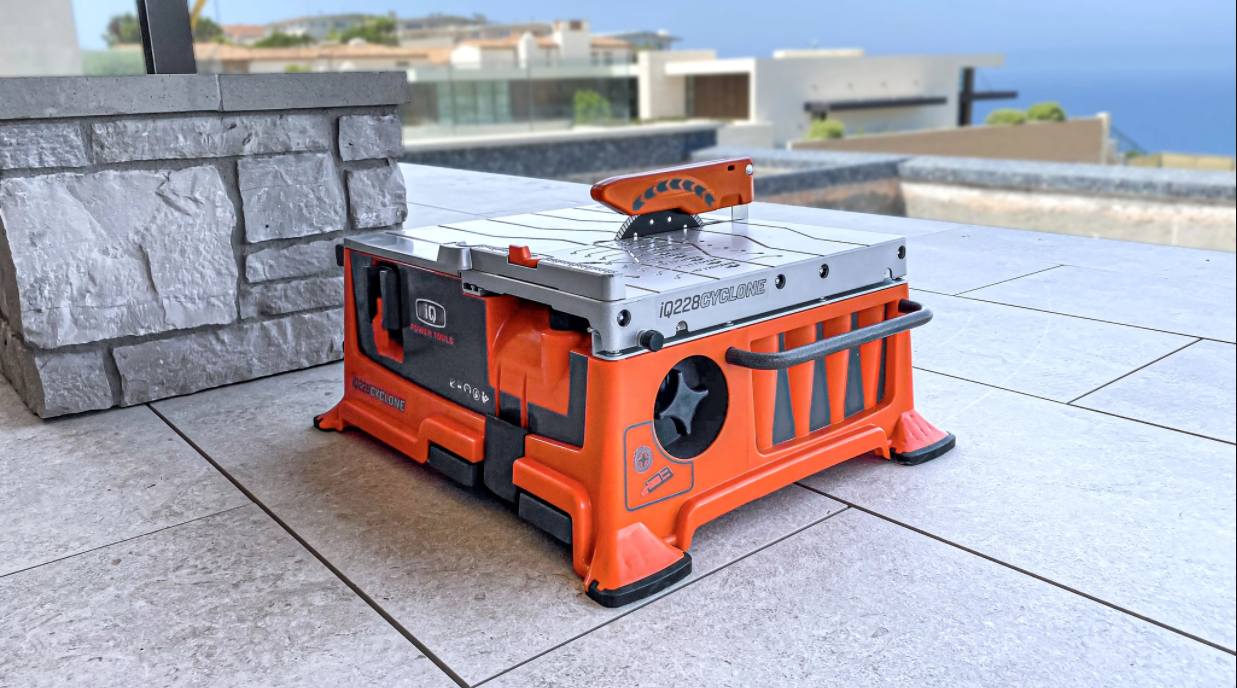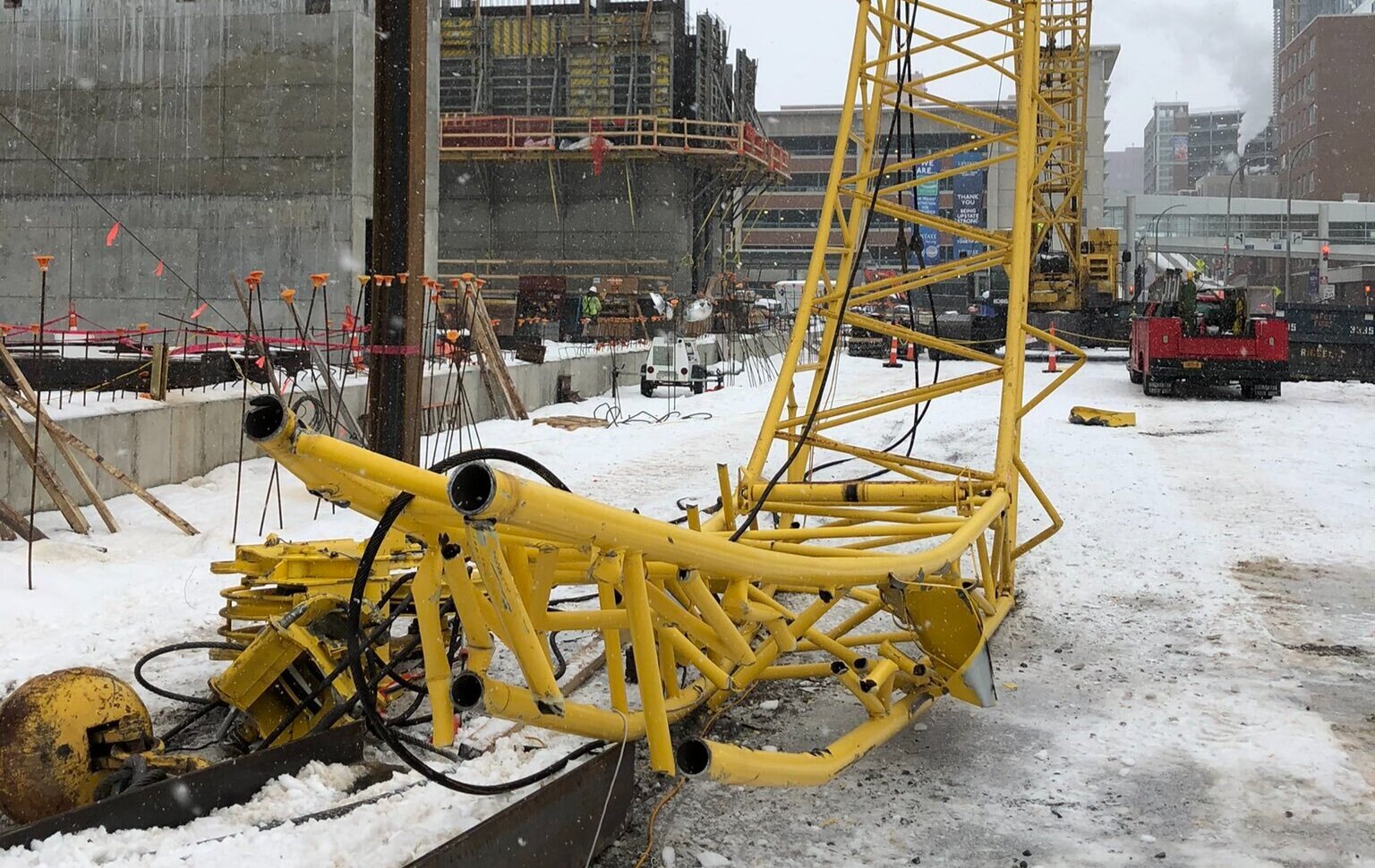Falls are, by far, the leading cause of fatalities in the construction industry, accounting for nearly 40% each year. That fact is the main reason why personal fall protection devices are so heavily stressed in the industry. But, even if your fall is arrested by a harness, you’re not out of the woods yet, as serious complications can happen while you’re being suspended in the air.
The team at The Center for Construction Research and Training (CPWR) recently put on a webinar about avoiding suspension trauma and it gives some great advice on how to keep workers safe even after their harness works.
The full webinar, titled “What Happens After a Fall is Arrested? Suspension Trauma and the Importance of Having a Rescue Plan” has been made available on YouTube for you and your teams to watch. In total, the video is about 1 hour and 10 minutes long, with about 50 of that being the presentation and the final 20 minutes being a question and answer segment.
The video is hosted by CPWR Training Specialist, Mike Kassman, and Chad Riddleberger, who is the Captain and Technical Rescue Team Lead with Roanoke Fire-EMS and an Instructor. In it, Kassman and Riddleberger discuss the safety laws and regulations in place for personal fall protection, background information on orthostatic intolerance and suspension trauma, the signs and symptoms of orthostatic intolerance and suspension trauma, risk factors, rescue plans, and some available solutions to avoid trauma.
The most important takeaway is that when a worker falls and is suspending by their harness, immediate steps need to be taken to prevent potentially deadly trauma from setting in. It will take rescue teams from the fire department at least several minutes to get to your site, so your on-site teams need to be prepared to properly rescue a suspended worker within minutes, if it’s possible to do safely.
It’s a very important topic to learn about and I highly suggest watching the whole video, which is embedded from YouTube below:











Last summer, Hilti announced that they had developed their first exoskeleton designed for construction tradespeople in a partnership with Ottobuck, a prosthetics, orthotics, and exoskeleton provider. Earlier this month, Hilti officially released the exoskeleton, announced more details, and published its retail price on their website.